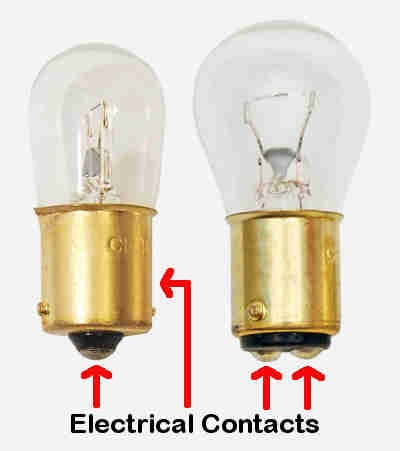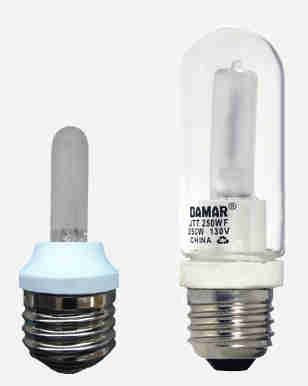Daylight
The traditional industry standard name given to the Correlated Color Temperature of 6500 kelvin.

 This phrase is applied to halogen bulbs that have an outer envelope around the halogen capsule such as PAR bulbs. An outer envelope will have a lower temperature than the inner capsule simply because of its larger size and distance from the filament. However, it will still be very very hot. An outer envelope will protect against accidental oil deposits from touching the capsule.
This phrase is applied to halogen bulbs that have an outer envelope around the halogen capsule such as PAR bulbs. An outer envelope will have a lower temperature than the inner capsule simply because of its larger size and distance from the filament. However, it will still be very very hot. An outer envelope will protect against accidental oil deposits from touching the capsule.